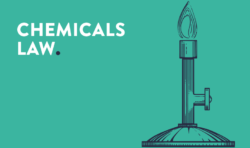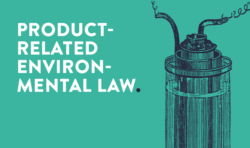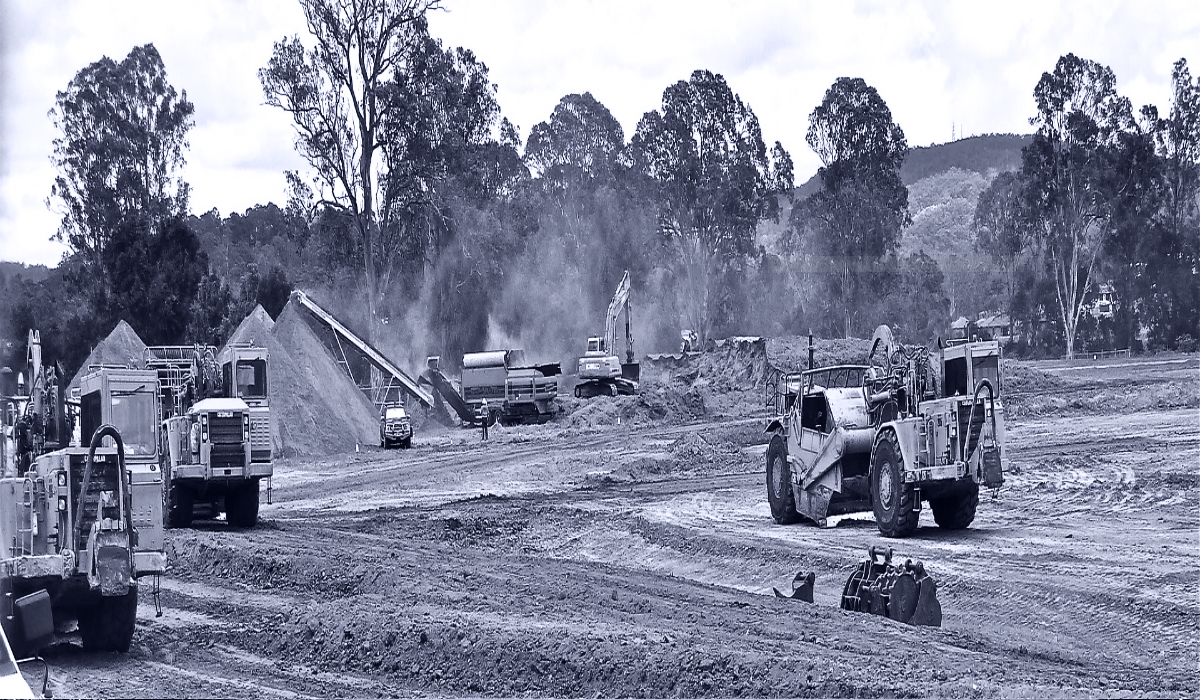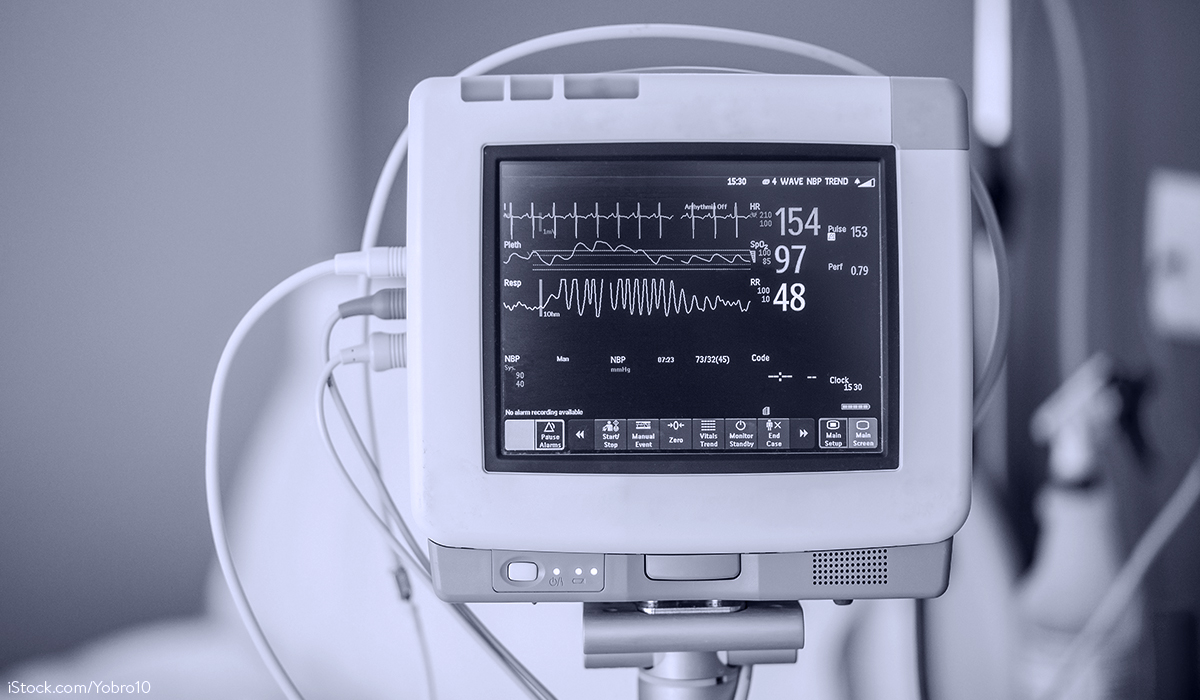As already reported in our article “Implementation of the SCIP database in Germany is taking shape”, the obligation to report to the SCIP database will apply from 5 January 2021 and all suppliers of an article within the meaning of Article 3 No. 33 REACH will then be obliged to report information on SVHCs in the articles they place on the market to the SCIP database. In addition to the pure information on SVHCs, comprehensive data, some of which go far beyond Article 33 (1) REACH, must be entered into the database. While this is merely an additional administrative burden for the actual manufacturer of an article, distributors and actors in the suply chain who manufacture a complex object from articles produced by their suppliers (so-called assemblers) are faced with the almost insurmountable hurdle that they often do not have the required information.
ECHA now takes this fact into account in the newly published document Tools to refer to SCIP data already submitted to ECHA. Especially for distributors there will be the possibility of a so-called “Simplified SCIP Notification” (SSN), whereas assemblers should be able to benefit from the possibility of so-called “Referencing”.
Simplified SCIP Notification (SSN)
Within the framework of the SSN it is no longer necessary to submit a complete SCIP dossier of one’s own, but it is sufficient to use an already existing SCIP notification of a pre-supplier for one’s own notification. In concrete terms, this is to be done in such a way that a distributor enters the article-specific SCIP number of his pre-supplier in the ECHA Submission Portal under the tab “Simplified SCIP Notification” without creating his own dossier.
The use of the simplified procedure requires two things:
- The distributor must know the SCIP number of the upstream supplier. As there is no legal right to be provided with this SCIP number, the distributor is dependent on his pre-supplier voluntarily informing him of this number; according to ECHA, this may be done together with the information to be provided in accordance with Article 33 (1) REACH. However, ECHA also recognizes that it may be advisable to conclude contractual agreements on the provision of the SCIP number and its use.
- An SSN is only permitted if the article purchased from the upstream supplier is identical to the article finally placed on the market by the distributor in terms of both its chemical composition and its shape, surface and design.
A further simplification in this respect is that SSNs can be made not only individually, but also collectively for a large number of article by uploading corresponding Excel lists. In addition, dossier updates by the upstream supplier also have an immediate and automatic effect on the person who has made an SSN.
It should be noted that the person who makes an SSN is nevertheless fully responsible for the correctness of the pre-supplier’s declaration, since he himself still has the obligation to make his own correct notification in the SCIP database despite the SSN. Therefore, also in the light of this aspect, a contractual agreement between the actors involved should regulate the details and especially liability issues.
Referencing
ECHA’s “referencing” facilitation applies exclusively to so-called complex objects (= objects that are composed of at least two articles) and thus basically only to so-called assemblers, i.e. companies that produce such complex objects from vendor parts.
Basically, an assembler has to create a complete SCIP dossier both for the complex object he produces and for each article contained in the complex object, since the dossiers of the (individual) article have to be referred to in the dossier of the complex object. It is precisely at this point that ECHA now recognizes that multiple creation of dossiers for the respective (individual) articles would be an unnecessary administrative burden and therefore introduces the possibility of “referencing”.
According to this, an assembler must still create a separate dossier for the complex object he produces, unlike for the SSN, but can refer to the SCIP dossier of the upstream supplier for the (individual) article via the article-specific SCIP number of the upstream supplier with regard to the data on the (individual) articles, so that he saves the creation of a separate dossier for this purpose. Here, too, dossier updates of the pre-supplier have an immediate and automatic effect on the assembler, who, just as under the SSN alternative, remains fully responsible for the correctness of the information.
Again, the assembler must be provided with the SCIP number for the article and the supplied article must have been incorporated into the complex object without modification. Therefore it seems to be appropriate to regulate the flow of information and the distribution of liability by contract.
Conclusion
The simplifications envisaged by ECHA will greatly facilitate SCIP notifications for distributors and assemblers. Nevertheless, the still complex and time-consuming preparation and submission of SCIP notifications should not be underestimated. Despite the simplifications that now exist, the measures required for this will continue to involve a considerable amount of work, depending on the scope of the product range. In addition, experience shows that it cannot be assumed that the upstream suppliers are able and willing to submit complete SCIP notifications in good time and thus create the basis for the simplifications. If this is not the case, distributors and assemblers also remain obliged to submit their own complete dossier and must submit the data for each article containing an SVHC above the concentration threshold of 0.1 mass percent.
In order to be able to make use of the possibilities of SSN and “referencing”, it is recommended to contact the respective upstream suppliers promptly in order to coordinate the further procedure and to make the necessary, possibly contractual arrangements.
Do you have any questions about this news, or would you like to discuss the news with the author? Please contact: Michael Öttinger






